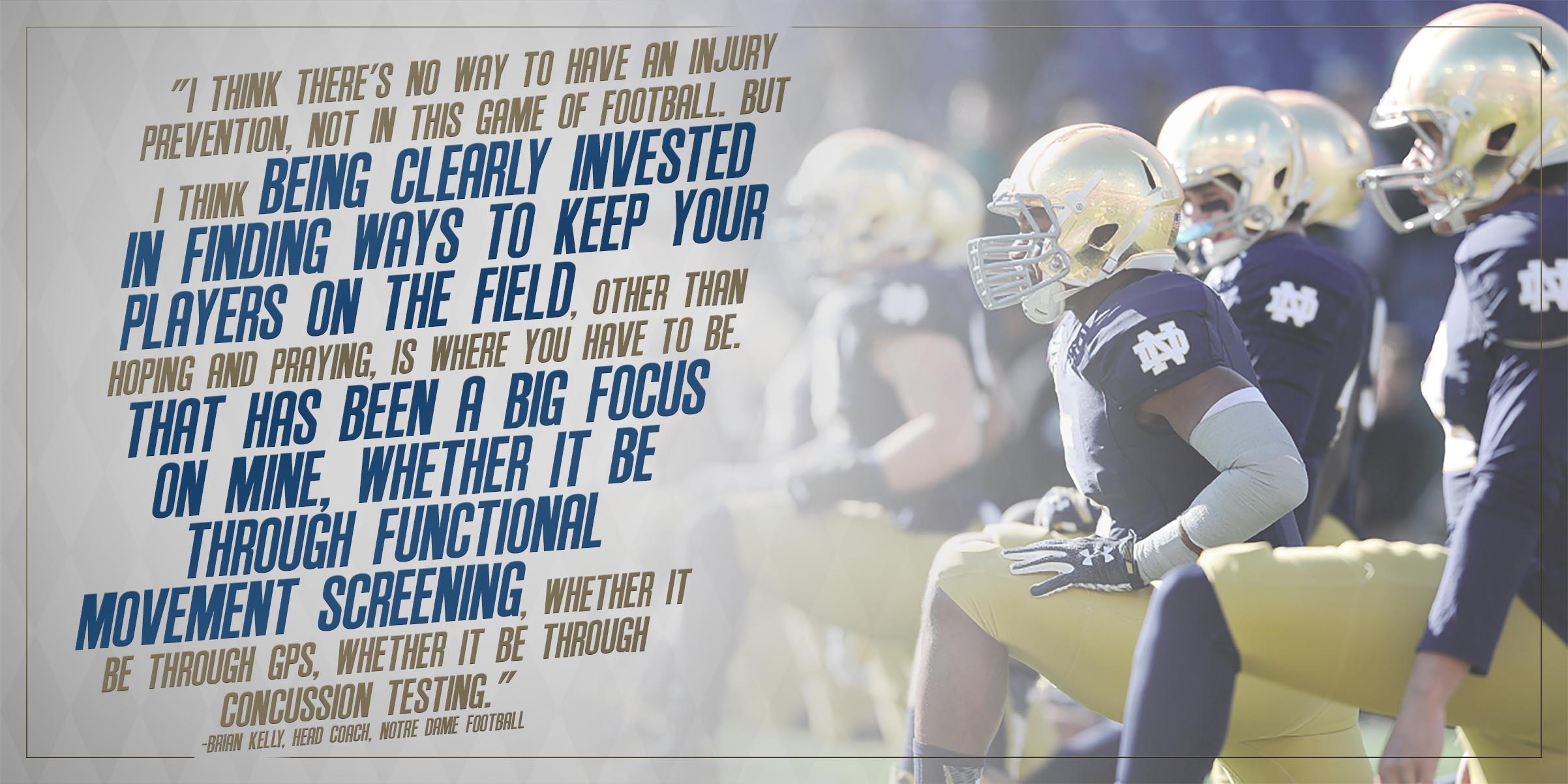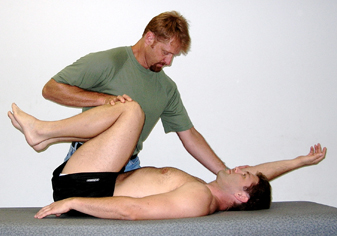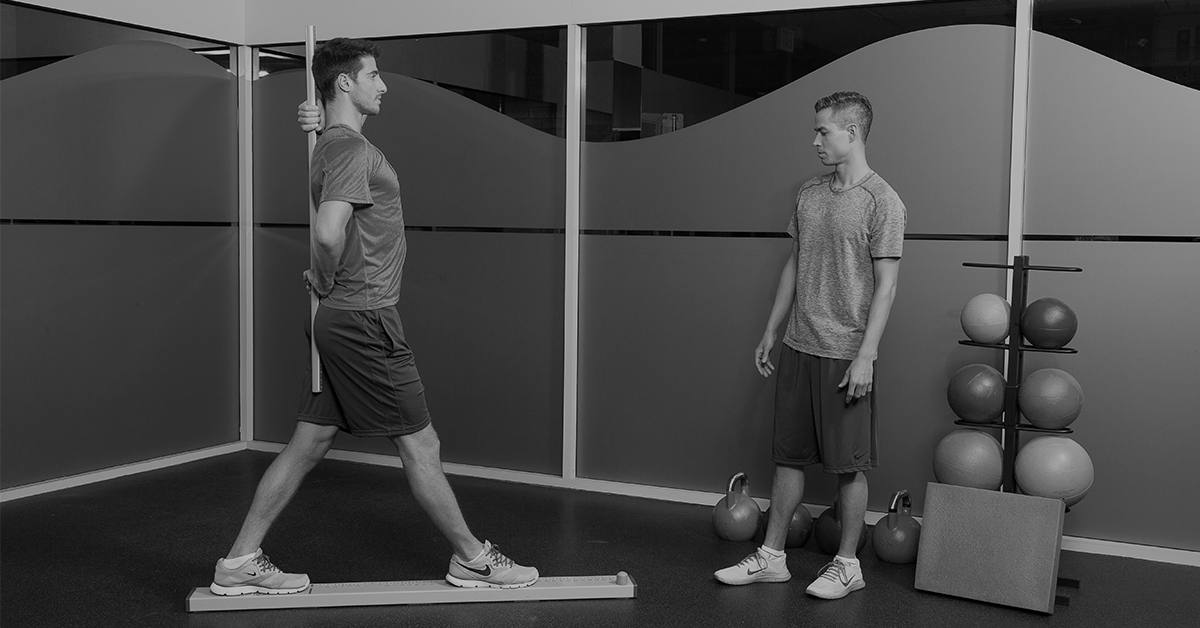How Notre Dame Football Has Used The FMS
Written by FMS FMS

The FMS has long been used in American football. Whether at the NFL Combine or among medical and athletic training staff, the majority of NFL players are evaluated using the FMS. Obviously, the application of the FMS isn't limited to the professional level. Numerous college programs use the FMS to learn more about the physical capabilities of their athletes and build more efficient, tailored training programs. One of those programs is the powerhouse in South Bend, Indiana: The Fighting Irish of Notre Dame. Head coach Brian Kelly recently discussed their use of the FMS at a preseason press conference:
"There's no injury prevention, but there are ways to cut back and to continue to develop your players, to keep them away from those potential injuries. That has been a big focus of mine this year, whether it be through functional movement screening, whether it be through GPS, whether it be through scan testing the retinas for concussion testing."
For a number of reasons, college football might actually be a more necessary application of movement screening than the NFL.
For one, the ratio of roster to staff is significantly larger in the college ranks. After final cuts, NFL teams keep 53 players on their active roster with another 10 on their practice squad. Top college programs will DRESS as many as 100 players for every game. With less staff and more athletes, there is likely less eyeballs on each athlete in the weight room or training facility in college than there is in the NFL. That’s less opportunity to become familiar with the personal training history of each player or observe limitations in their movement. Without knowing those key pieces of information, it is more difficult for a coaching staff to maximize their performance on the field and steer them away from potentially harmful or ineffective exercises in the weight room.
College staffs are also limited in the time they are able to spend with their athletes. NFL staff members are notorious for grinding out 18 hours days strategizing and caring for their players. At the professional level, staff are on-call for players virtually every minute, day or night. In college, the NCAA restricts the time coaches spend with their athletes.
Maybe the most important factor, however, is the type of athlete each staff inherits. Every player entering the NFL have spent a minimum of three years in a sophisticated college training program. NFL teams have access to medical records, hours of game tape, interviews with coaches, various performance measurables and, yes, results from a Functional Movement Screen. College athletes, on the other hand, enter programs from a variety of athletic backgrounds with a varying level of physical literacy. It's critical to evaluate movement at both levels, but colleges probably see a wider range of athletes who are good movers and athletes who have limitations that would preclude them from certain training strategies.
The SFMA, FMS and FCS provide a framework for evaluating athletes’ physical limitations and introducing them to a training program that is tailored to their personal requirements. Without some sort of system that evaluates how capable we are at movement fundamentals, we run the risk of overlooking dysfunction or prescribing inappropriate exercises, both of which could increase an athletes’ exposure to injury. Brian Kelly says it well here:
“Being able to see if there are some functional weaknesses in players that would lead them to being predisposed to certain injuries,” Kelly said of the Functional Movement Screen. “That is something we started. We use that as a supplement to our strength and conditioning program. It is a matter of supplementation. It is the injury prevention and durability that we think through science can better address it before the season starts and fix it during the season.”
“Some of our pre-testing in the summer for functional deficiencies,” Kelly continued. “Whether it be in a quad strength issue, a shoulder weakness, or orthotics, or things of that nature when we do full screening. When we doing those, the software will be helpful in identifying potential issues a player may have. We will be able to do some augmented weight training to bring those players along.”
Kelly is basically outlining the value proposition for our FMS Level 2 seminars. In our Level 1 course (now delivered online), we focus on teaching practioners how to administer the FMS and identify limitations in mobility, stability or motor control. In our Level 2 seminars (delivered in-person around the world), we focus heavily on corrective strategies and how to write appropriate training programs based on screen results. This is a critical for strength coaches and what Brian Kelly was referring to in the quote above. A poor screen result doesn't preclude a player from working, but illuminates where they should direct their effort.
We see some of the world’s best football players in our clinic or at in-services on a regular basis. While they're capable of doing things with their bodies that most of us cannot fathom, we’re also constantly reminded of the importance of identifying pain, evaluating function and protecting athletes from exercises that they don't have the mobility or stability to perform. A '1' on a movement screen isn't an assessment of a football player's ability on the field, but it should be information that represents an opportunity for improvement and directs their training program.
To learn more about how the FMS and SFMA work together, visit The System page on our site.
For more information on important considerations in training college athletes, check out this interview that Lee Burton did with Brian Bott, former strength coach for the University of Wisconsin football team.
Related Resources
-
The Momentum of Perspective
Posted by Gray Cook
-
Start With Why
Posted by Gray Cook





